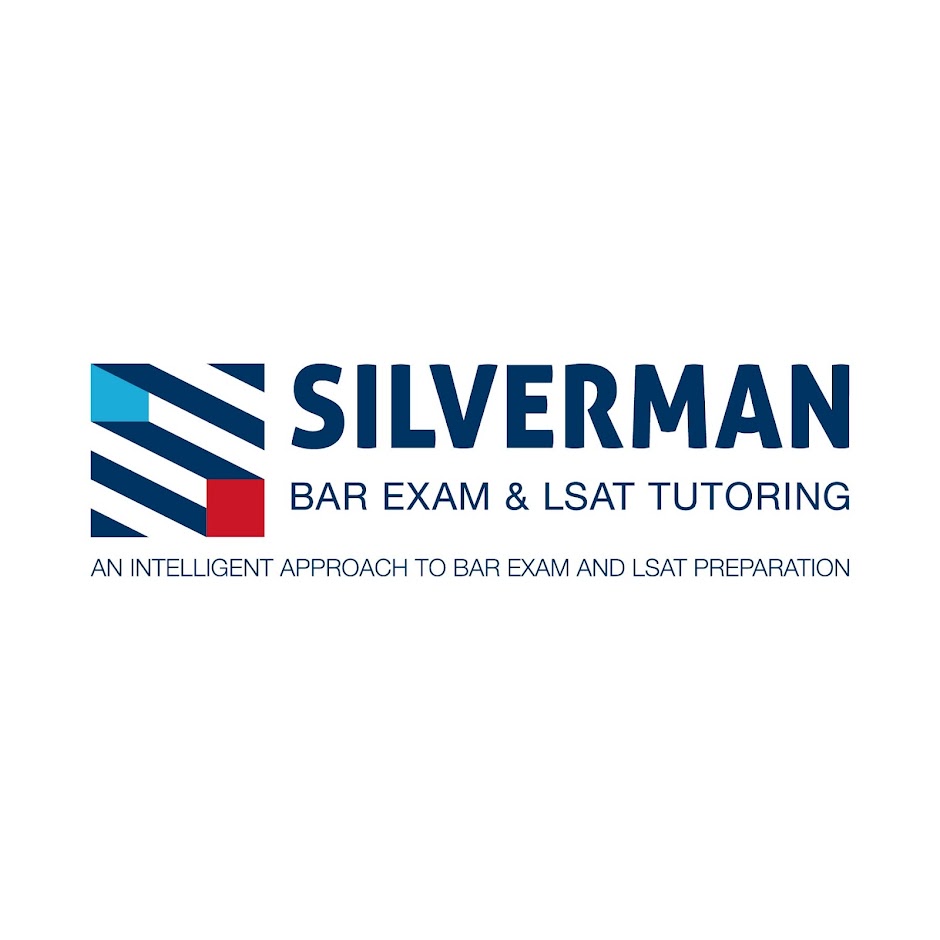"You will not apply my precept," he said, shaking his head. "How often have I said to you that when you have eliminated the impossible, whatever remains, however improbable, must be the truth?"
The above quote is by Arthur Conan Doyle through his character Sherlock Holmes but the advice regarding reasoning by elimination applies quite well on the MBE, and really on any multiple choice test.
The writers of the MBE are adept at hiding the correct answer so it's often an easier task to spot an error in all incorrect answer choices than it is to spot the choice in which no error exists. This advice sometimes strikes my students as surprising when I direct them to not attempt to spot the correct answer but instead to get rid of all that is not correct so that the correct answer is all that remains.
Further, there is a mathematical basis for this approach. With 4 choices to choose from you have a 1/4 chance or 25% chance of answering the question correctly. But eliminate 1 of the incorrect choices and the probability of answering correctly on a random guess jumps to 33%. Eliminate 2 and you now have a 50% chance of answering the question correctly. The goal, of course, is to eliminate the 3 incorrect choices, but even if you don't make it that far, eliminating even 1 has increased your chances of guessing correctly on any individual question.
I'll note that this approach does not, however, allow a test-taker to know the law any less well than one would be required to know it if the initial goal were to spot the correct answer from the 4 given. To be able to spot the error in an answer choice requires a deep knowledge of the substantive law. In my opinion, however, it is slightly easier to see through those distractors than it is to pick which among the 4 answer choices has no errors.
And that slight edge can make a big difference on a bar exam where the difference between passing and not passing is often equivalent to the difference between a few points.

No comments:
Post a Comment